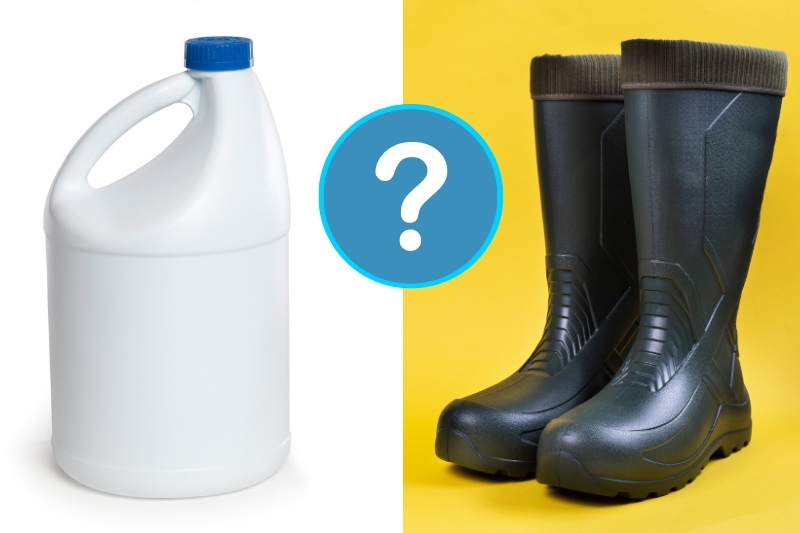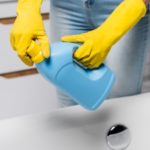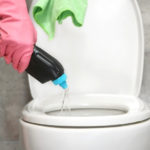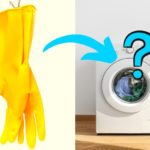Thanks to its strength, flexibility and friction, rubber is used for a variety of household items from washing machine doors to protective gloves and water bottle lids.
This also mean it often comes into contact with water and can develop mould.
When your rubber items become dirty, or even mouldy, you may find yourself reaching for the bleach for a quick, easy clean.
But could bleach be damaging your rubber items? We find out in this article.
Does Bleach Damage Rubber?
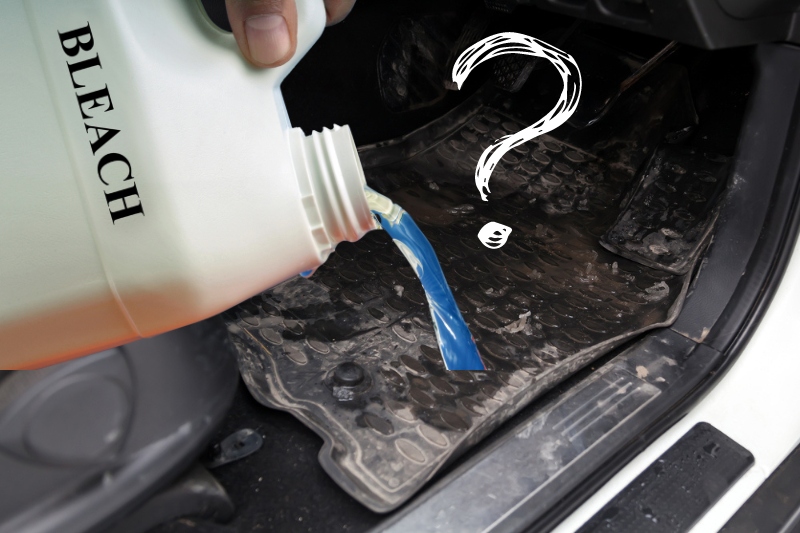
Unfortunately, bleach can damage rubber. The good news is that rubber doesn’t disintegrate as soon as it comes into contact with bleach. However, over time, bleach can corrode rubber.
Bleach is a harsh chemical. When bleach is applied to rubber and left for a long period to soak in, it can cause the rubber to crack and lose its elasticity.
Prolonged exposure to bleach can cause rubber to degrade.
The porous nature of rubber also makes it prone to mould as it absorbs the liquids into which it comes into contact.
In addition to this, rubber seals, in particular, are often placed in the nooks and crannies of appliances, where we may not necessarily be able to clean or dry effectively.
If you use bleach to clean rubber once or twice and ensure that the rubber doesn’t soak in it, there’s probably no cause for concern.
However, you should avoid letting bleach sit on your rubber items for hours, however tempting it may be.
How to Safely Remove Mould from Rubber Using Bleach
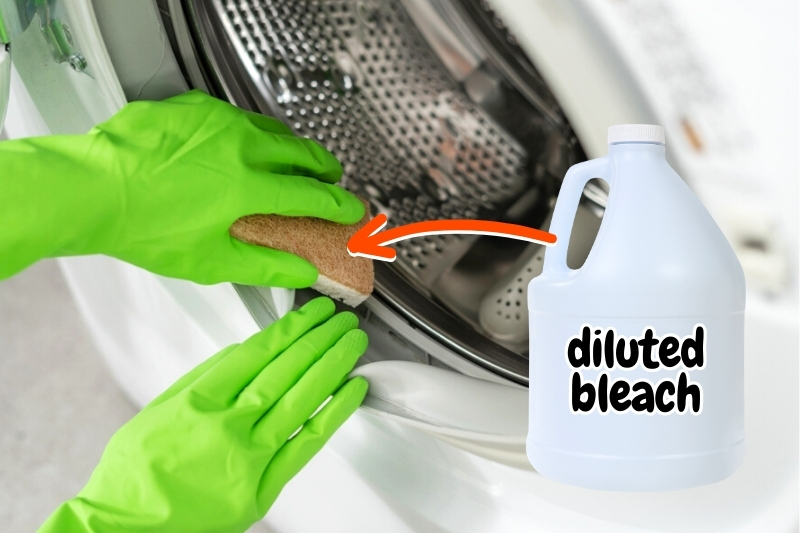
You may need to use bleach to remove mould from rubber, for example to clean a washing machine seal. In this case, be sure to dilute it in water, according to the instructions on the bottle, and apply it directly to the affected area.
Don’t leave it too long as this will allow the bleach time to damage the rubber. Leave the solution for about 5 – 10 minutes, before rinsing it off with water or a wet cloth.
How to Prevent Mould on Rubber
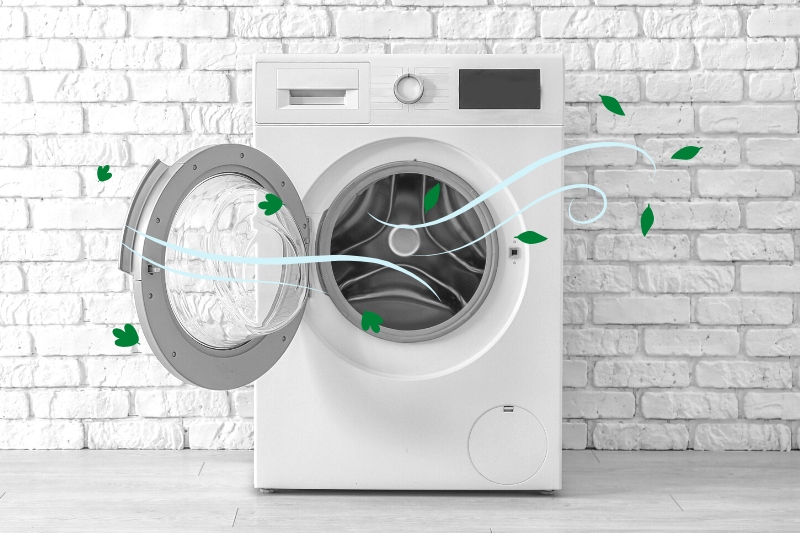
Since it can be difficult to remove mould without using bleach, vinegar or a mould spray, it’s best to try and stop mould from developing in the first place.
You can do this by regularly cleaning your rubber items and ensuring that they dry quickly. You may even want to help the drying process along by using a dry towel to remove any excess damp.
Make sure there’s a good air flow getting to your rubber items, for example, try leaving the washing machine door ajar when you’re not using it.
You could also invest in a dehumidifier for rooms that get particularly damp.
How Do You Clean Rubber Without Damaging It?
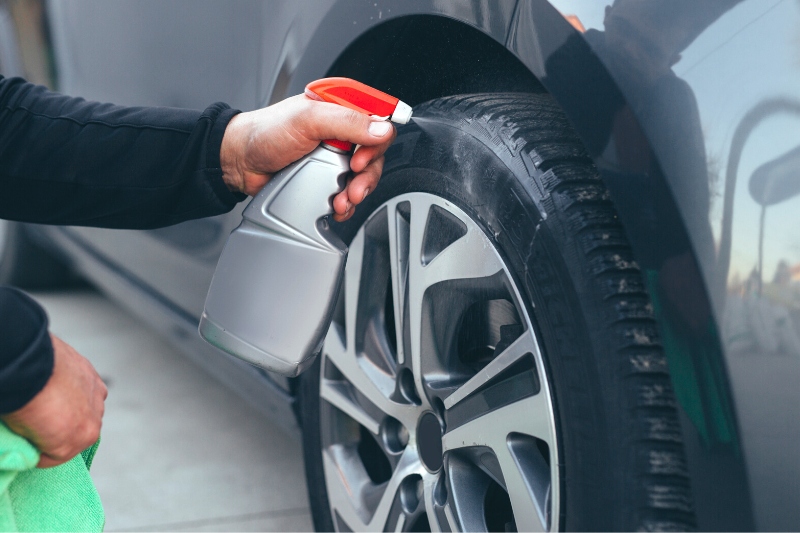
Rubber can be a tough material to know how to clean since it’s recommended to avoid using bleach and vinegar, both of which are go-to items in household cleaning.
Instead, you can try the methods below:
- Mix washing up liquid and water to give your rubber items a routine clean.
- Make a paste with bicarbonate of soda and water to remove tough stains from your rubber items.
- Use a special-purpose cleaner for rubber, for example, you can get tyre cleaner for your car or bike wheels. You can also look for mould sprays which are safe to use on rubber.
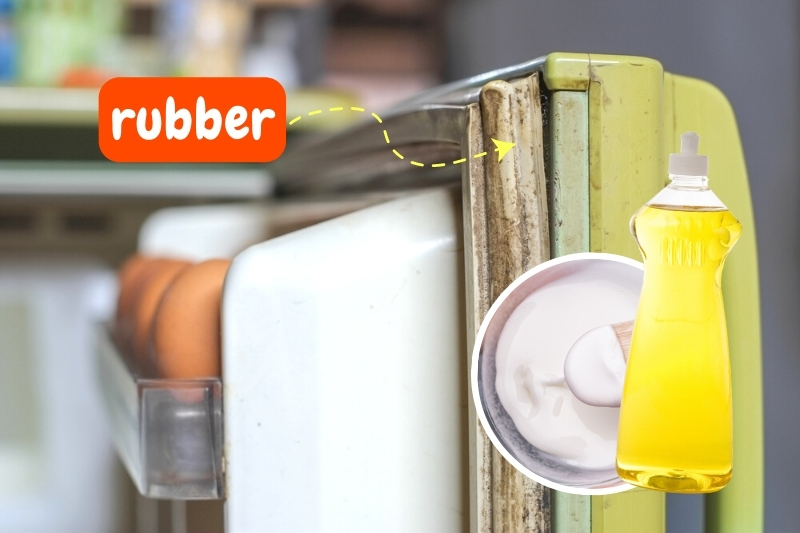

In The Wash is your guide to the best laundry and cleaning products, tips and tricks. Our mission is to solve the UK’s cleaning and laundry dilemmas!
